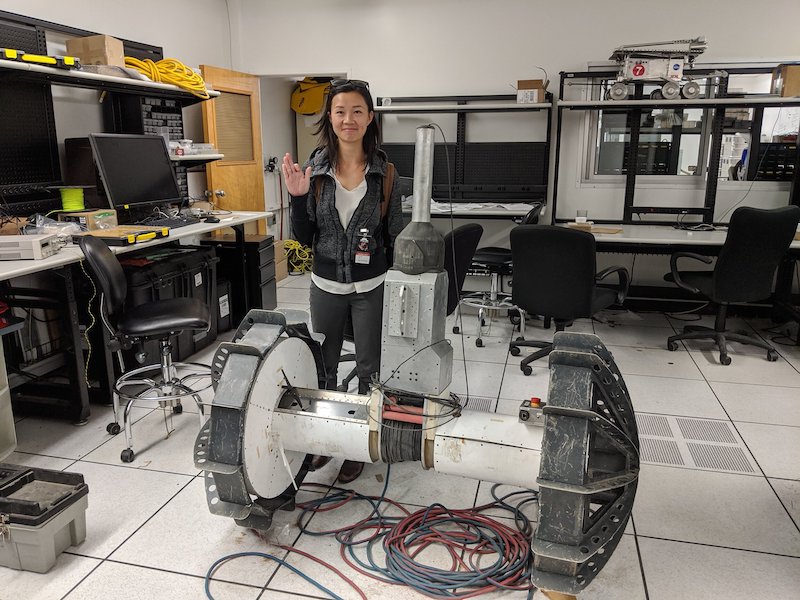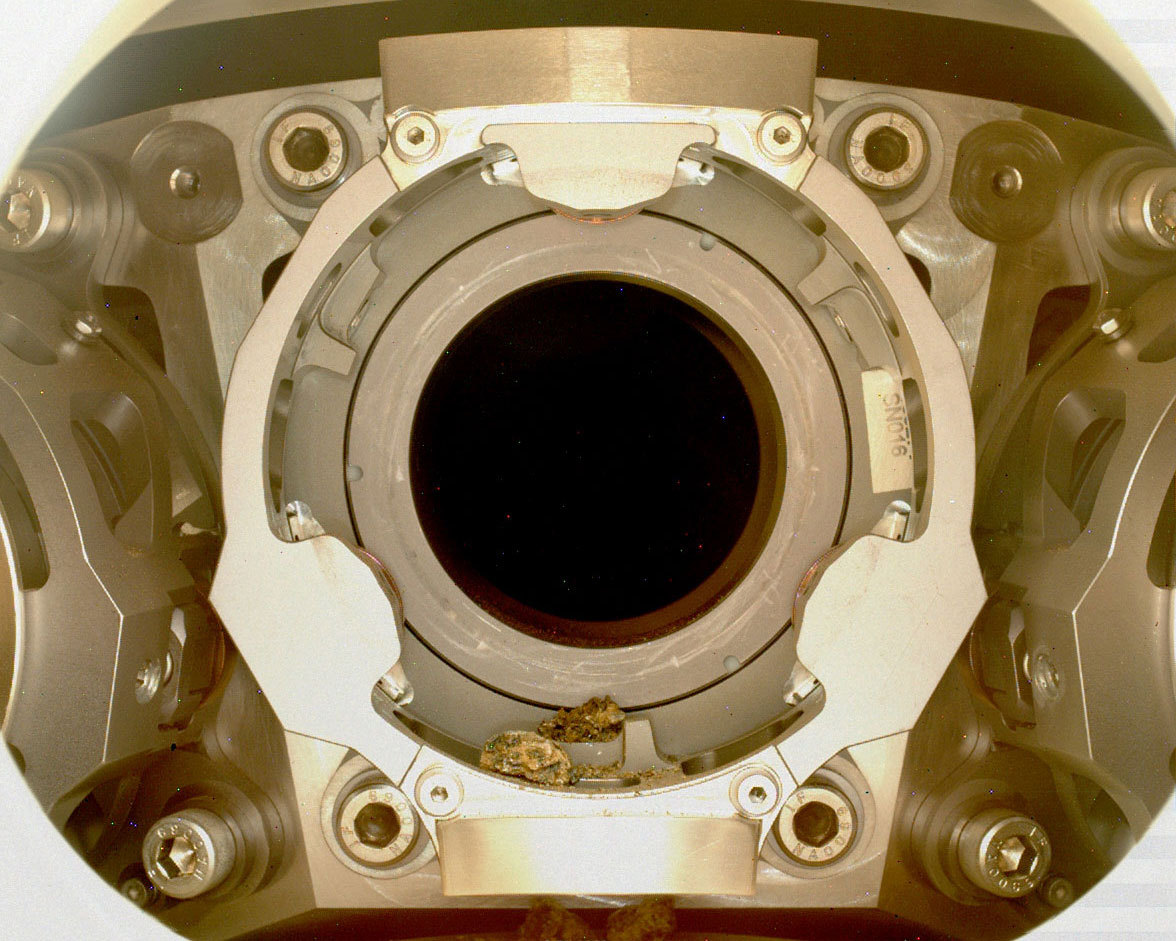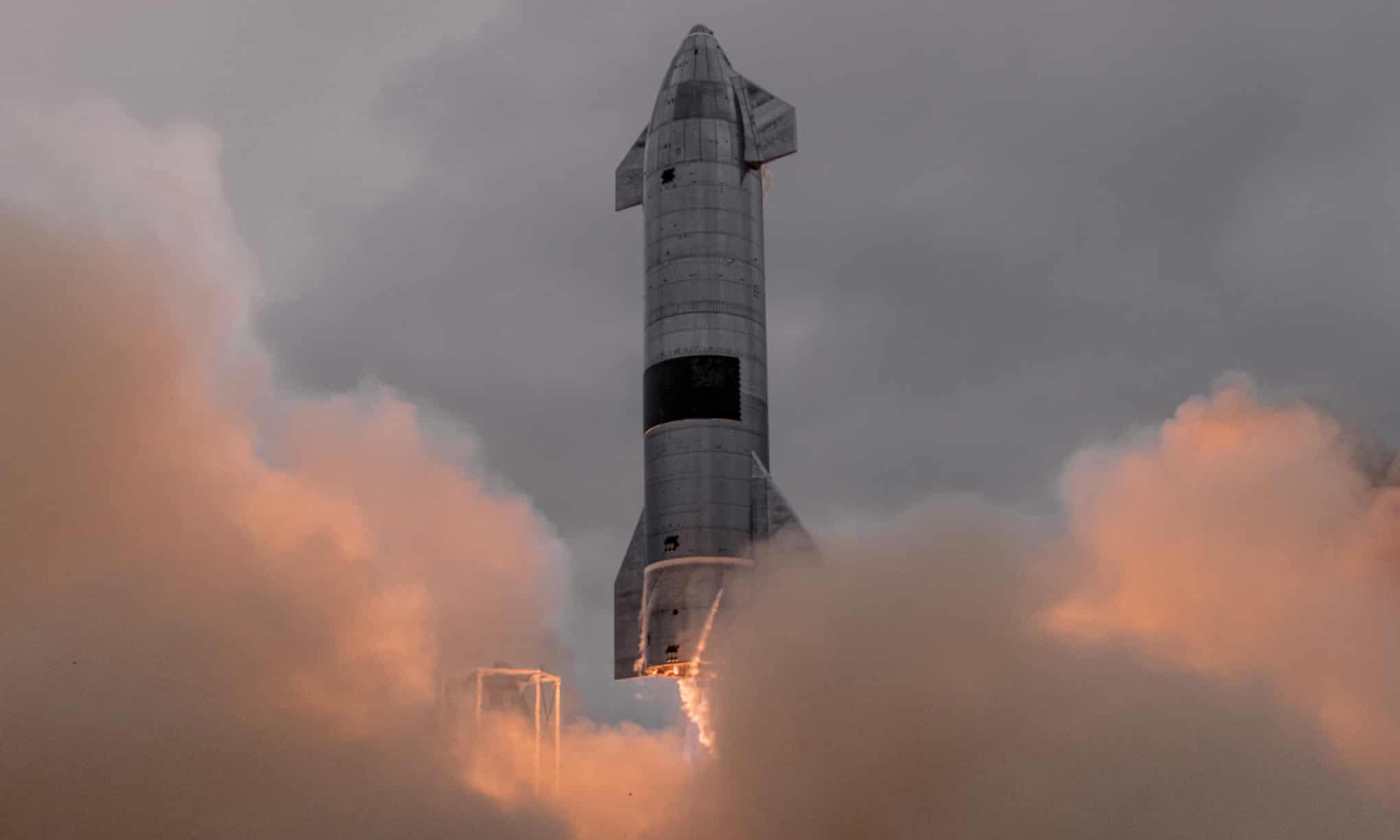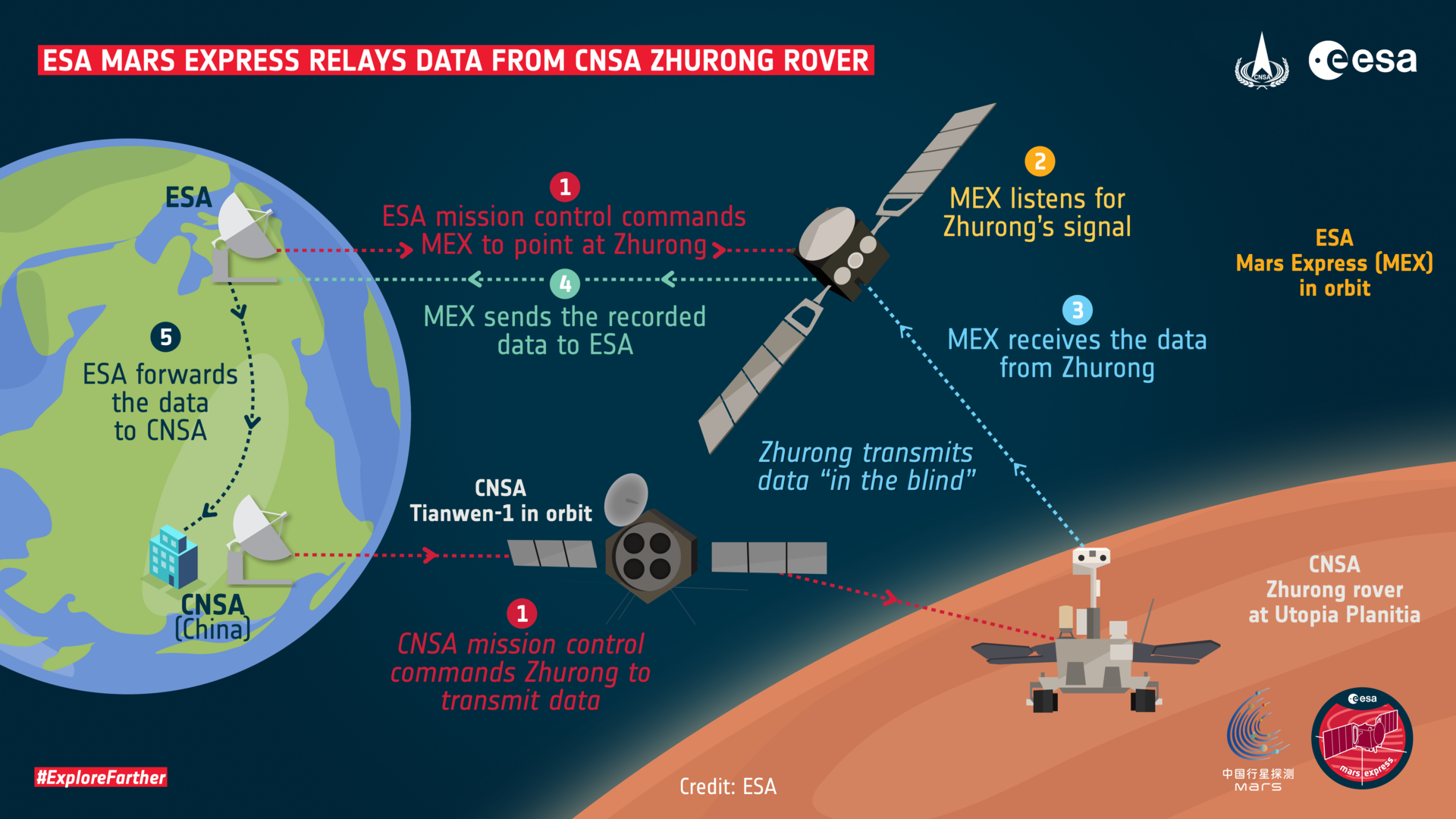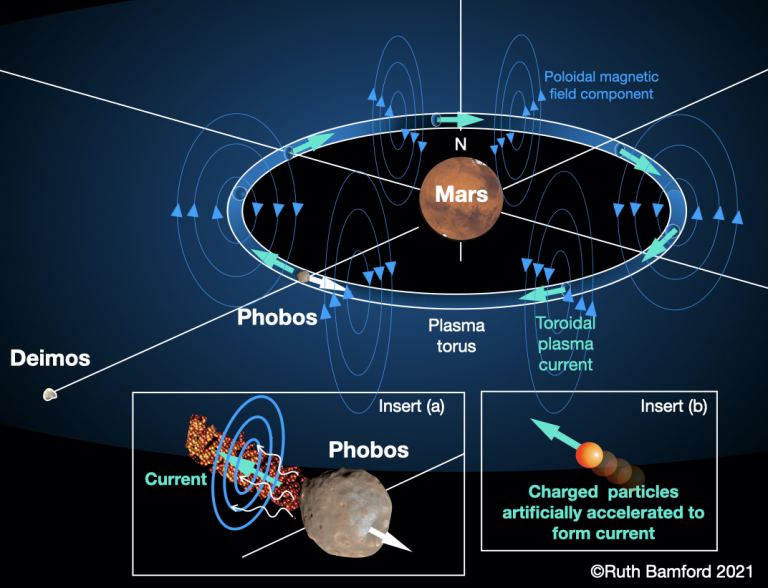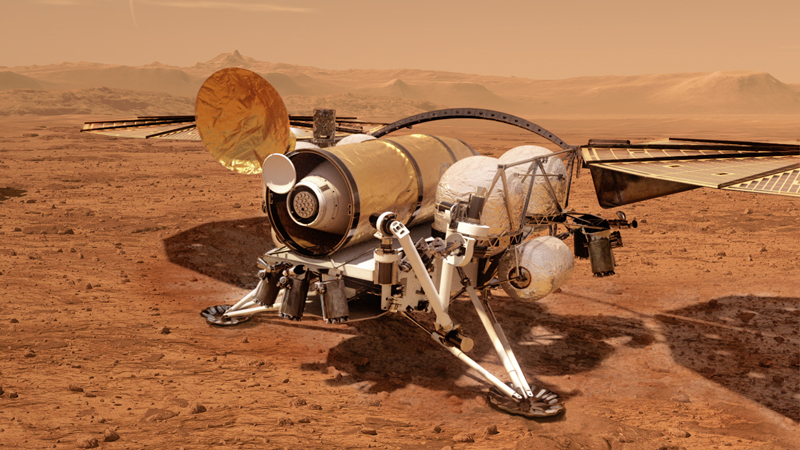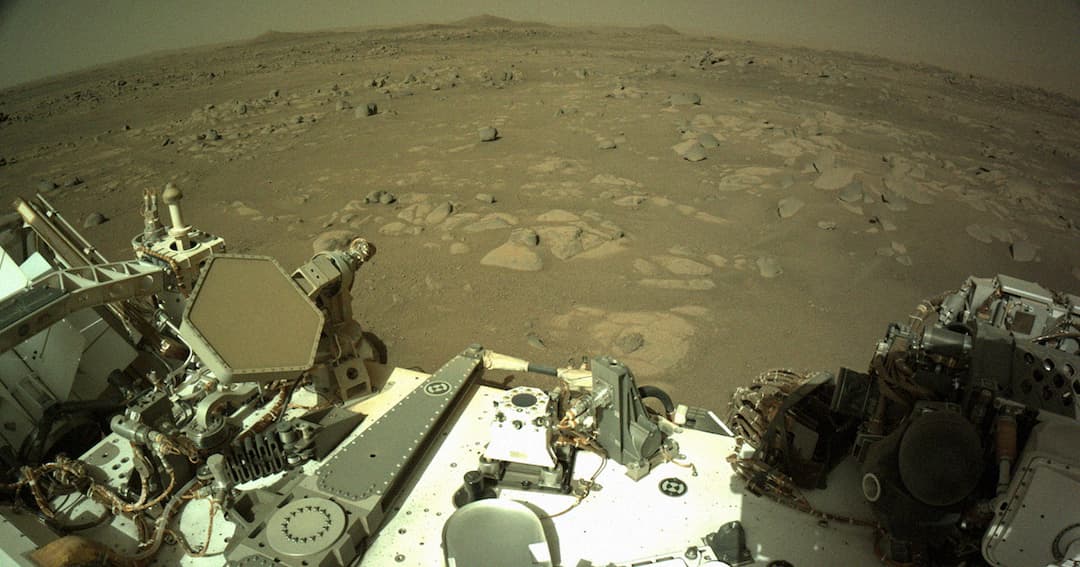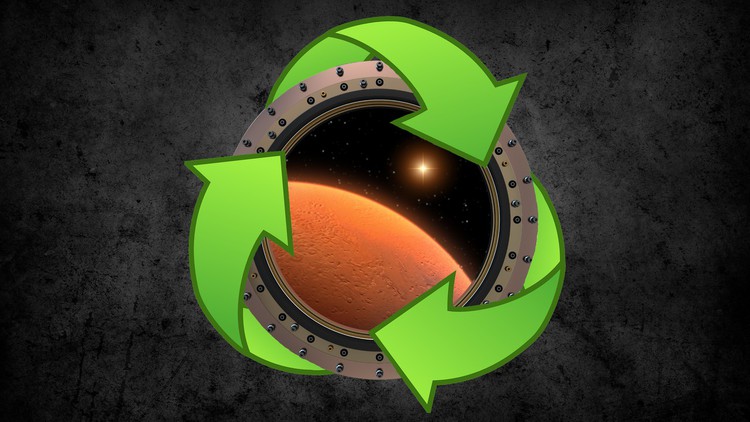
Help NASA improve future space missions by proposing approaches to permit efficient reprocessing/recycling/repurposing of onboard resources.
This challenge is all about finding ways to convert waste into base materials and other useful things, like propellant or feedstock for 3D printing. We are looking for your ideas for how to convert different waste streams into useful materials that can then be made into needed things and cycled through multiple times – and we are looking for ideas to convert waste into propellant. Eventually, we would like to integrate all the different processes into a robust ecosystem that allows a spacecraft to launch from Earth with the lowest possible mass. For now, we are asking you to share your ideas for waste management/conversion in several specific categories:
Trash
Fecal waste
Foam packaging material
Carbon dioxide (CO2) processing
Winning ideas in each category will each receive a prize of $1,000. Additionally, judges will recognize “best in class” ideas, awarding each a prize of $1,000. A total prize purse of $24,000 will be awarded.
Timeline
Open to submissions January 18, 2022
Submission deadline March 15, 2022 @ 5pm ET
Judging March 15 – April 19, 2022
Winners Announced April 26, 2022


